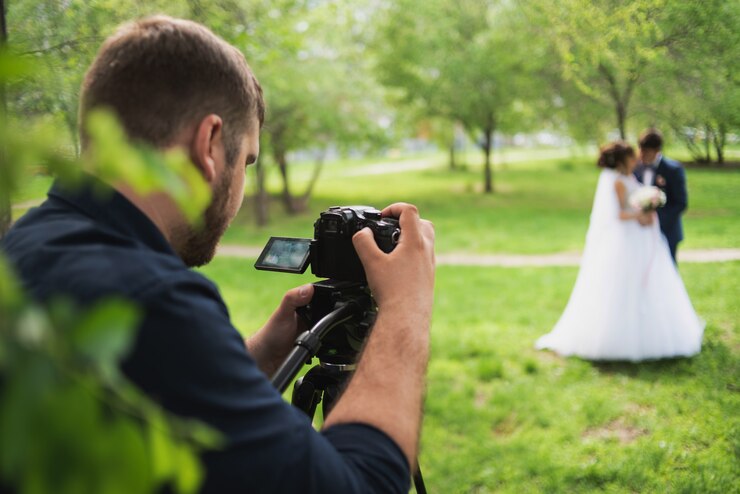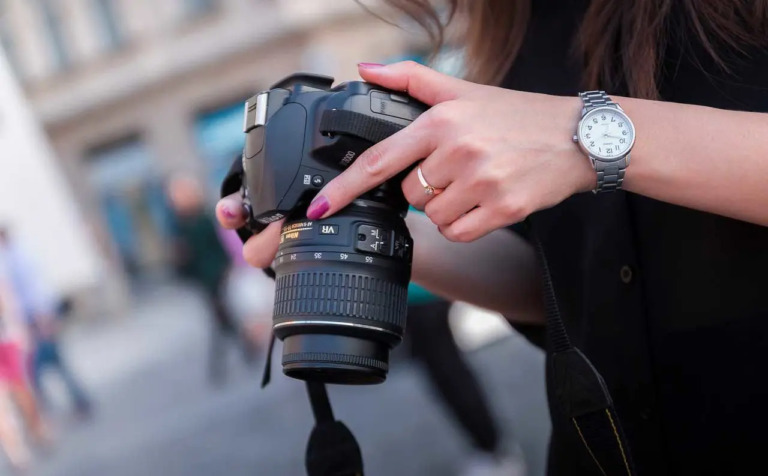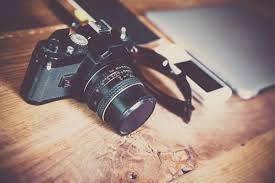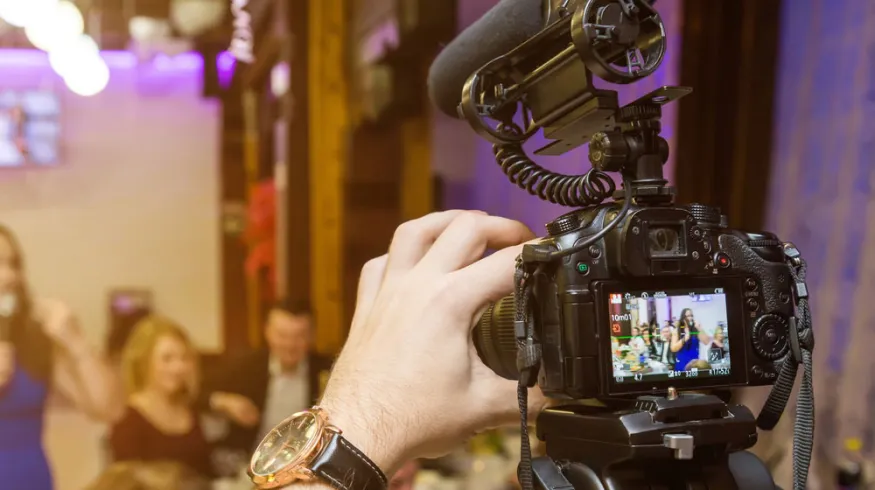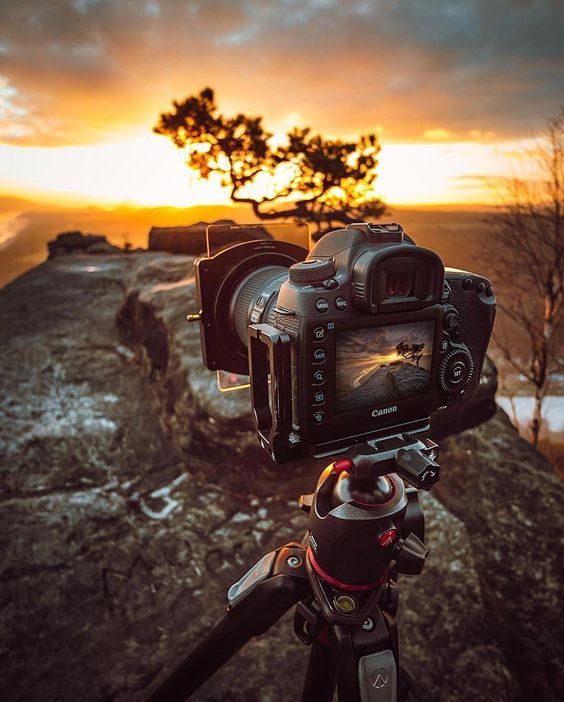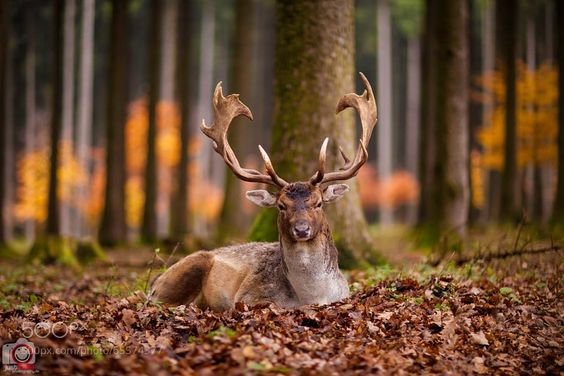Photography is a powerful medium that allows you to communicate with people instantaneously. It is a great medium to express yourself and tell stories. When promoting charity causes, a single photograph can greatly influence people to become interested in serious problems or raising funds.
There are ways you may use photography to give back to the world on an international scale. Whether you are an amateur or an experienced photographer, you can do your part. In this article, Yvetter Heiser explains how you can have a chance to improve your skills and serve the world through art. Also, remember to read Yvette Heiser — 6 Ways in Which Photography Has An Impact On Our Lives to fully understand how photography changes lives.
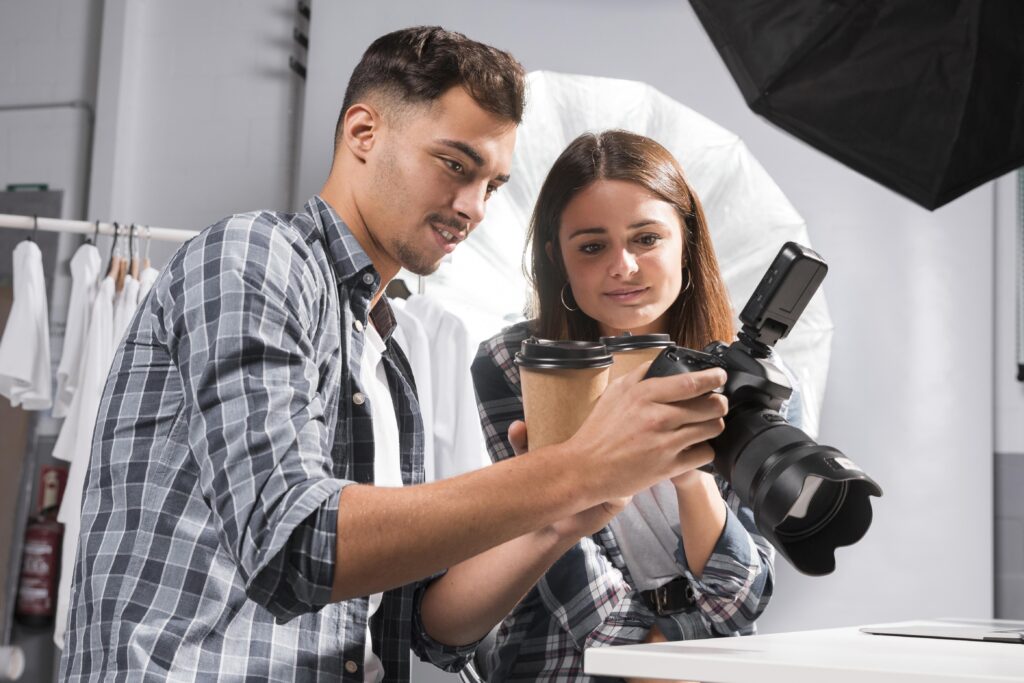
Support a small charity with your photography.
All non-profit organizations depend on effective communication to get donors; photography plays a critical role. Without powerful visual material, no charity can effectively tell its story. You have a genuine influence as a photographer. Find local charities who are not just doing great work but also lack the funding to employ professional photographers.
Volunteering your time by recording their efforts is a fantastic way to support their cause. The organization can use your photos for fundraising efforts, social media posts, and other purposes to spread awareness of their work. It is an excellent means of creatively giving back to your local community.
Donate your old camera gear for a cause.
If you’re an avid photographer, you probably have outdated gear you no longer use. Changes to your equipment may be required as your talents and techniques advance.
It may seem like a worthless camera to you, but it might hold enormous promise for someone else. Don’t discard your old gear and donate it to new photographers.
Find a charity that could use your old camera if you want to donate it. It can be a photography-related charity, or maybe it’s just a charity that needs a decent camera to record its initiatives.
Volunteer as a photographer in developing countries
You can think about participating in a volunteer photography project overseas in addition to lending your skills as a photographer in your local community. Volunteering is a particularly valuable way to make a difference in developing nations, where there is a great demand for social development activities but a lack of resources.
You can learn about foreign cultures, people, and the problems they confront daily by volunteering as a photographer overseas, in addition to getting to shoot charity initiatives.
Become a professional non-profit photographer.
You might go further and consider making a living as a professional humanitarian or charitable photographer. There isn’t much demand for paid work in the charity sector, so this might not be easy. However, you may have discovered the most fulfilling career possible if you’re good and dedicated.
Being employed by a non-profit organization is an excellent method to advance your skills since it allows you to combine your passion and sense of community into a career.
Final thoughts
Changing lives with photography is great, but you can also protect wildlife with photography. Read Yvette Heiser – Tips You Need to Know While Photographing Wildlife to learn how.

